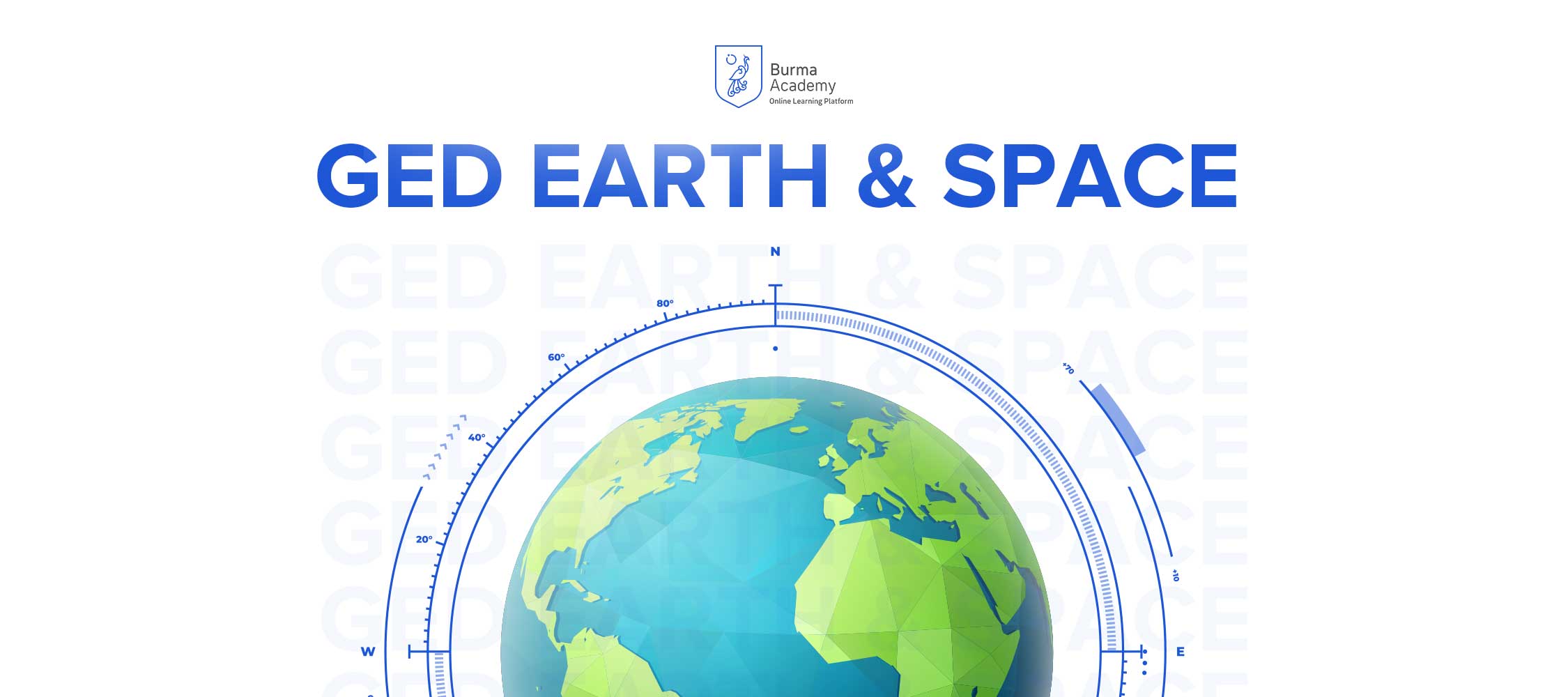GED Earth and Space
BA

COURSE DESCRIPTION and LEARNING OBJECTIVES
Course Description
The GED Earth and Space course provides a comprehensive introduction to the fundamental concepts of Earth and space sciences. This course is designed to prepare students for the GED Science Test by covering essential topics such as the structure and composition of Earth, geological processes, weather and climate, the solar system, and the universe. Through engaging lessons, interactive activities, and practical exercises, students will develop a deep understanding of how Earth's systems interact and how they relate to broader cosmic phenomena. This course aims to cultivate critical thinking, scientific reasoning, and problem-solving skills essential for success in the GED examination and beyond.
Learning Objectives
Understand Earth’s Structure and Composition
Describe the layers of the Earth, including the crust, mantle, and core.
Explain the processes of plate tectonics, earthquakes, and volcanism.
Explore Geological Processes
Identify types of rocks and the rock cycle.
Understand the processes of weathering, erosion, and sedimentation.
Analyze Weather and Climate
Describe the components and functions of Earth's atmosphere.
Understand weather patterns, climate zones, and the factors influencing climate change.
Investigate the Solar System
Identify the planets and other celestial bodies in the solar system.
Explain the movements of the Earth, Moon, and Sun, and their effects on seasons, tides, and eclipses.
Examine the Universe
Describe the structure and scale of the universe, including galaxies, stars, and the Big Bang theory.
Understand the life cycle of stars and the formation of solar systems.
